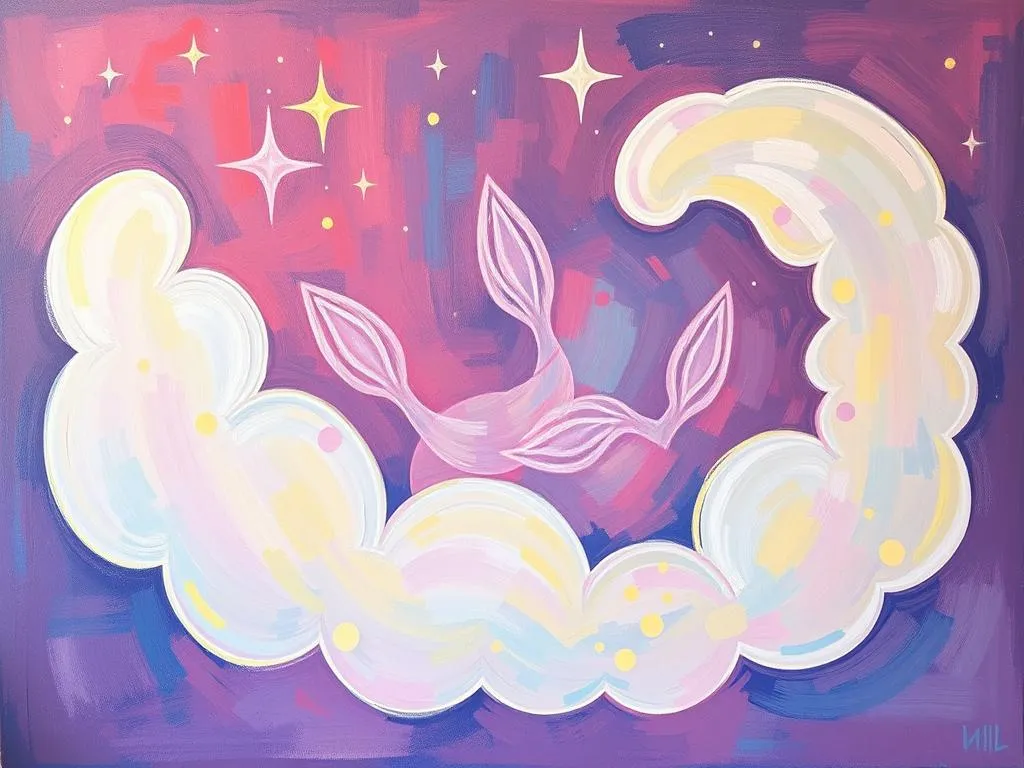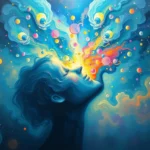
Have you ever woken up from a dream feeling like it held a secret message just for you? Perhaps it was a vivid scene, an intense emotion, or a familiar face that lingered in your mind long after the sun rose. Dreams have a way of pulling us into a world where feelings and symbols intertwine, offering insights that our conscious minds may overlook. Today, let’s delve into the fascinating world of dream interpretation, focusing on the symbol of “Nina.” Together, we’ll explore its rich meanings through various lenses—cultural, psychological, and practical.
Whether you’re a dreamer seeking clarity or a curious mind wanting to understand the subconscious better, this journey will illuminate how dreams can reflect our inner lives, guiding us toward personal growth and deeper self-awareness.
Understanding the Symbols
The name “Nina” carries a wealth of symbolism across different cultures. In many Hispanic traditions, Nina translates to “little girl,” symbolizing innocence, playfulness, and the start of a new chapter. However, in the realm of dream interpretation, this symbol can represent much more than just childhood. At its core, Nina embodies the essence of nurturing, creativity, and the feminine spirit.
From a psychological perspective, dreams featuring the symbol of Nina often relate to our inner child—the part of us that is curious, imaginative, and spontaneous. Carl Jung, a prominent figure in psychology, suggested that our dreams serve as a bridge to the unconscious, revealing our suppressed feelings and desires. Therefore, the appearance of Nina in a dream might indicate a need to reconnect with this innocent, creative aspect of ourselves.
In contrast, in certain indigenous cultures, the name Nina can mean “fire” or “fiery.” This interpretation brings a different angle, suggesting passion, transformation, and vitality. In these contexts, dreaming of Nina could signify a call to embrace our passions or face transformative challenges in our lives.
A common misconception is that dreams are merely random images from our subconscious. While they may appear chaotic, many psychologists argue that dreams are a vital part of our mental processing. They help us work through emotions, solve problems, and confront fears. By understanding the symbols in our dreams—like Nina—we can unlock a treasure trove of insights about ourselves.
Common Scenarios
Imagine this: You’re standing in a sunlit garden, surrounded by blooming flowers, laughter echoing around you. Then, you see a little girl playing joyfully, her name is Nina. The scene feels serene, yet there’s an undercurrent of nostalgia. This dream might symbolize a longing for simplicity and joy in your life, perhaps indicating that you need to embrace your playful side amidst the complexities of adulthood.
Take Sarah, for instance. After a grueling week at work, she dreamed of Nina, the little girl, laughing and dancing in a meadow. Upon reflection, Sarah realized she had been neglecting her hobbies and the joy they brought her. The dream nudged her to reprioritize fun and creativity in her life.
In another dream, you find yourself in an old, dusty attic filled with forgotten toys. As you sift through the clutter, you discover a cherished doll named Nina. The emotions here are bittersweet, evoking memories of childhood innocence and perhaps unresolved feelings. This dream could indicate that you’re grappling with past experiences or emotions that still hold significance today.
James, a 32-year-old man, often found himself struggling with the pressures of adulthood. One night, he dreamed of finding his childhood doll, Nina, in an attic. This dream prompted him to revisit his childhood memories, leading to a cathartic realization about letting go of unnecessary burdens and embracing his true self.
In another vivid scenario, you might find yourself in a bustling market where you see Nina selling flowers. The atmosphere is vibrant, and you feel a sense of community and connection. This dream could represent your desire to engage with others or a need for social connection.
Consider Lisa, who felt increasingly isolated due to her demanding job. One night, she dreamed of Nina in a lively market, surrounded by friends and laughter. This dream inspired Lisa to reach out to old friends, rekindling connections that had faded over time.
In yet another dream, Nina appears as a wise figure, guiding you through a dark forest. The journey feels daunting, yet comforting, with Nina’s presence offering reassurance. This scenario signifies the importance of guidance and support in navigating life’s challenges.
Think of Tom, who faced a significant career decision. In his dream, Nina appeared as a mentor, leading him through the forest and helping him make sense of his fears. This profound experience encouraged Tom to seek advice from trusted friends, ultimately leading him to make a more informed decision.
What Your Dream Reveals
When you dream of Nina, it’s essential to reflect on the underlying messages your subconscious is trying to convey. Here are some key psychological takeaways that may help you in your journey of self-discovery:
-
Reconnection with your inner child: Dreams involving Nina often signify a need to embrace your playful, curious side. Engaging with this part of yourself can lead to a richer, more fulfilling life.
-
Exploring past emotions: The appearance of Nina may indicate unresolved feelings or memories that require attention. Reflecting on these emotions can foster healing and understanding.
-
Seeking guidance and support: If Nina appears as a mentor or guide, it may be time to seek advice from those you trust. Recognizing that you don’t have to navigate challenges alone can be empowering.
To delve deeper into your own experiences, consider these three reflection questions:
- What does Nina represent for me personally? Reflect on the emotions and memories associated with this symbol in your life.
- Are there aspects of my life where I feel disconnected from joy or creativity? Identifying these areas can help you take steps toward fulfillment.
- Who can I reach out to for support or guidance in my current situation? Recognizing your support network can alleviate feelings of isolation.
As you explore these questions, think about practical action steps you can take:
- Revisit hobbies or activities that once brought you joy—like painting, dancing, or writing—to reignite your creative spirit.
- Journal about your childhood experiences, focusing on emotions tied to Nina, to uncover insights and healing.
- Reach out to friends or mentors who inspire you and can offer guidance in your current challenges.
Interestingly, research shows that individuals who keep a dream journal report higher levels of creativity and emotional well-being. Additionally, a study published in the journal Sleep found that engaging with our dreams can enhance problem-solving skills and boost self-awareness.
As you reflect on your dreams, remember that they are not just fleeting images but rather a window into your inner world. Each dream serves as a reminder of the complex interplay between your emotions, experiences, and desires.
In closing, consider this powerful reflection: What if every dream has the potential to guide us toward greater self-understanding and fulfillment? Embrace the wisdom your dreams offer, and let the symbol of Nina illuminate your path as you navigate the beautiful tapestry of life.







